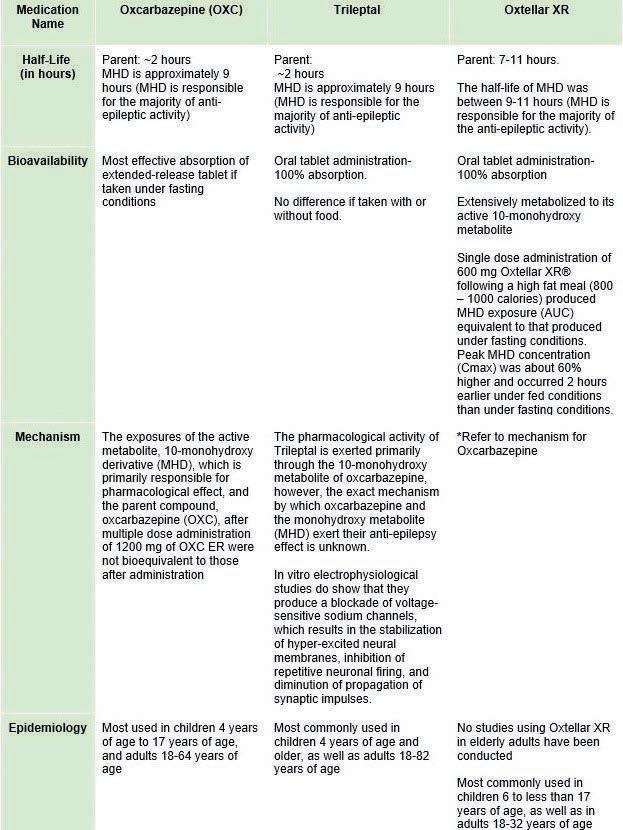Scholarly Research In Progress • Vol. 5, November 2021
Trends and Regional Differences in the Diversion of Stimulants in the United States, 2015–2019 Holly E. Funk1†‡, Susannah E. Pitt1†‡, Alison T. Varano1†‡, and Brian J. Piper1 ¹Geisinger Commonwealth School of Medicine, Scranton, PA 18509 † Doctor of Medicine Program ‡ Authors contributed equally Correspondence: spitt@som.geisinger.edu
Abstract
Introduction
Background: Stimulant drugs are commonly prescribed for the treatment of attention deficit hyperactivity disorder (ADHD) in the United States (U.S.). Sympathomimetics such as amphetamine, lisdexamfetamine, and methylphenidate are classified as Schedule II substances with a high potential for misuse. Drug diversion is defined as the distribution of legal prescription medication in an unlawful way. The purpose of this study was to examine and analyze epidemiological trends in stimulant drug diversion across the U.S. for the years 2015 to 2019.
Prescription drug misuse in the United States (U.S.) is challenging to monitor and quantify. There is limited data available and illicit use often goes unreported to medical providers, health officials and law enforcement. According to the drug scheduling classification, Schedule I drugs have the highest potential for abuse, dependence, and adverse effects, while Schedule V drugs have the least potential for abuse. Stimulants, such as amphetamine, lisdexamfetamine, and methylphenidate are labeled as Schedule II drugs with high potential for abuse (1). Prescription stimulants are commonly used to treat attention deficit hyperactivity disorder (ADHD), with other indications including binge-eating disorder and narcolepsy. ADHD is the most common childhood neurodevelopmental disorder (2). Symptomology of the disorder includes inattentiveness, hyperactivity, and impulsivity in multiple settings, such as the home and in school (3). The National Institute of Drug Abuse classifies stimulant misuse as taking an inappropriate dose of prescription medication and/or in a manner other than what was prescribed to you by a physician or misusing another individual’s prescription medication (4). While ADHD is commonly known as a childhood disorder, the Diagnostic and Statistical Manual (DSM) 5 criteria now addresses diagnostic issues for adult patients with ADHD, such as broadened onset age requirements and lower symptom number thresholds (5). According to the National Survey on Drug Use and Health (N=102,000), it was estimated that 6.6 % of U.S. adults used prescription stimulant drugs, 4.5% without any misuse and 2.1% with misuse (6). Abusing stimulants can lead to negative medical outcomes affecting nearly every organ system. Acute intoxication effects may include insomnia, anxiety, panic attacks, hallucinations, hypertension, tachycardia, and arrhythmias, while chronic misuse can lead to neurological, cardiovascular, pulmonary, and gastrointestinal complications. There is potential for sensitization, drug-craving and other addictive behaviors as well (7).
Methods: Drug data weight for the years 2015 to 2019 was obtained using StreetRx.com through a Data Use Agreement in all 50 states for the following drugs: amphetamine, lisdexamfetamine, and methylphenidate. StreetRx is a crowdsourcing public website which allows users to make submissions on the quantity, price, and location of illicit drug sales. The data set was divided into four regions, Northeast (NE), South (S), West (W), and Midwest (MW), for regional analysis. Mass of stimulants in grams was corrected for population estimates from the U.S. Census Bureau, Population Division. Results: The total mass of diverted stimulants per population (mg/population) in the United States decreased from 2015 to 2019 for amphetamine (-31.5%), lisdexamfetamine (-51.0%), and methylphenidate (-57.0%). The percent changes varied regionally, with trends in the NE and S closely mirroring the total percent changes for most years. However, the changes in the MW and W regions were much more modest. The W stands out as having a significantly higher average value of diverted stimulants per population (mg/population) for all included years. Conclusion: Reported diversion by StreetRx.com of stimulants on the illicit market has declined in recent years. Diversion in the W U.S. is higher than other regions. These trends do not mirror the rise in prescription distribution of amphetamine and lisdexamfetamine, nor the rise in diagnoses of ADHD over the past 10 years. Potential explanations include drug characteristics, misuser characteristics, and regional health care characteristics. This research provides health care teams with insight into the distribution of frequently prescribed stimulants in the illicit market and potentially in their communities. Further research is needed to shed light on the impact of COVID-19 on the already appreciable misuse of prescription stimulants.
Drug diversion is defined as the illegal acquirement and distribution of controlled pharmaceuticals (8). Diversion of prescription drugs may happen at any point in the supply chain course, from production to final distribution, but often occurs after the medical professional and patient interaction. The ability to effectively monitor and track the diversion of prescription drugs does not only reduce the negative health implications of prescription drug abuse but can also inform efforts to reform and improve strategies to mitigate diversion
53












































